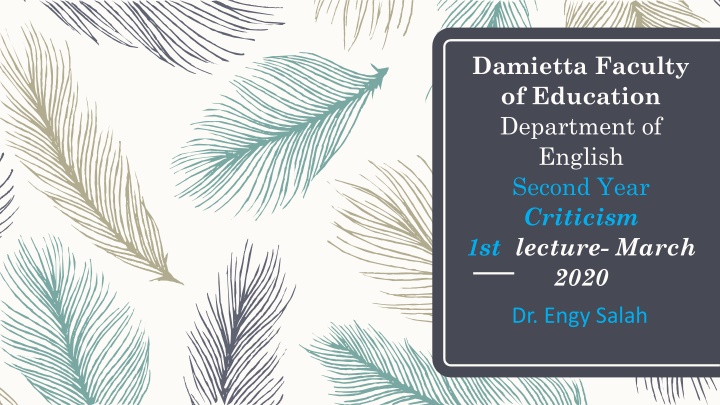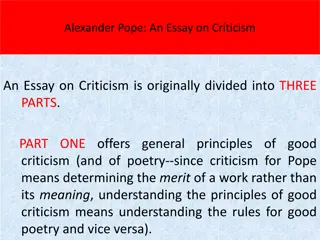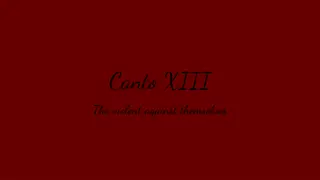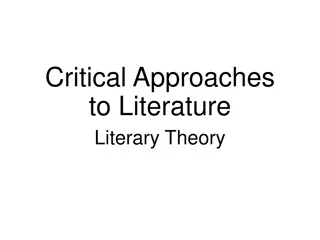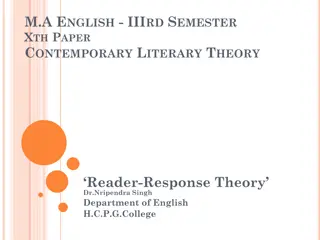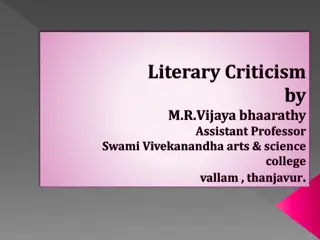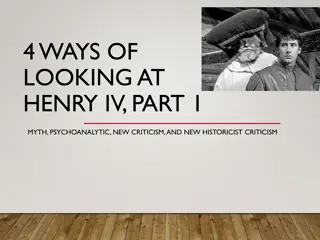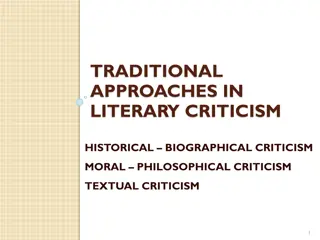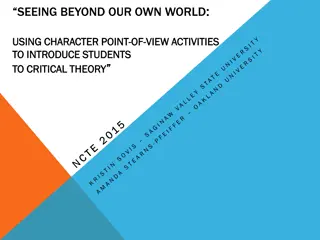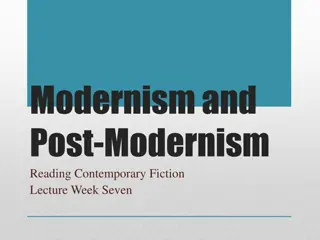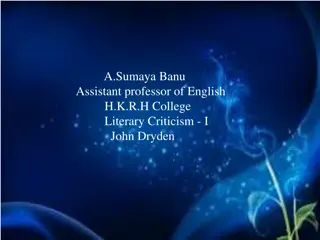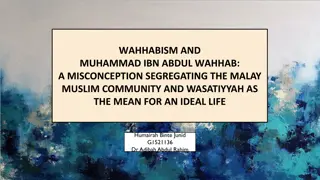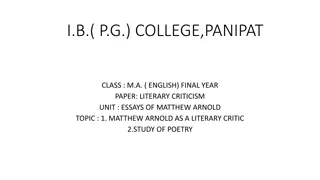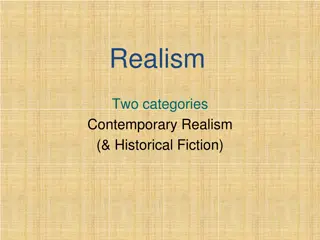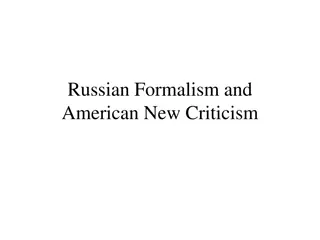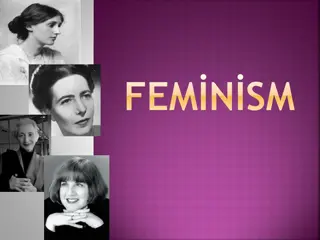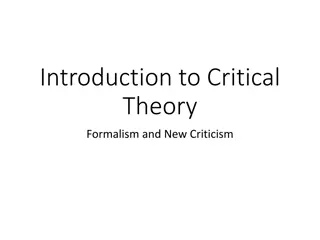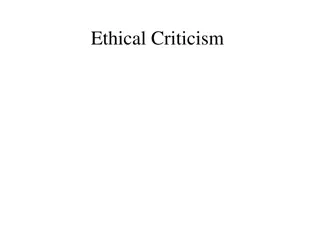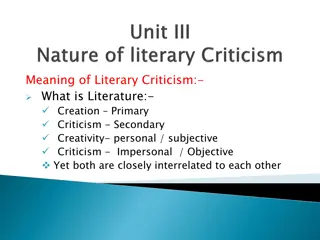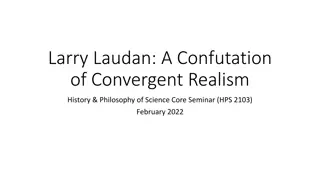Allegorical Representation and Realism in Literary Criticism: Dante and Ibn Rushd
Explore the allegorical representation in Dante Alighieri's works and the realism of Ibn Rushd [Averroes] with a focus on their unique perspectives on literature, philosophy, and the blending of poetic imitation with moral choice. Dive into the influence of these iconic figures on Western intellectual history and their lasting impact on the fields of literature and philosophy.
Download Presentation

Please find below an Image/Link to download the presentation.
The content on the website is provided AS IS for your information and personal use only. It may not be sold, licensed, or shared on other websites without obtaining consent from the author.If you encounter any issues during the download, it is possible that the publisher has removed the file from their server.
You are allowed to download the files provided on this website for personal or commercial use, subject to the condition that they are used lawfully. All files are the property of their respective owners.
The content on the website is provided AS IS for your information and personal use only. It may not be sold, licensed, or shared on other websites without obtaining consent from the author.
E N D
Presentation Transcript
Damietta Faculty of Education Department of English Second Year Criticism 1st lecture- March 2020 Dr. Engy Salah
Literary Criticism in The Middle Ages (MA): Allegorical Representation Dante Ibn Rushd
I- Dante Alighieri (1265-1321) He is best known for his epic poem Divina Commedia (The Divine Comedy) In his book Il Convivio, he wrote about allegory, and stated that it has four senses: Literal Allegorical Moral Anagogical The twofold structure of allegory- duality
II- Ibn Rushd Ibn Rushd Ibn Rushd & Aristotle Realism: Ibn Rushd vs. Aristotle
Ibn Rushd [Averroes]: Ibn Rushd [Averroes] (1126 1198) Abu al-Walid Muhammad ibn Ahmad ibn Rushd, better known in the Latin West as Averroes, lived during a unique period in Western intellectual history, in which interest in philosophy and theology was waning in the Muslim world and just beginning to flourish in Latin Christendom.
Ibn Rushd & Aristotle His influential commentaries and unique interpretations on Aristotle revived Western scholarly interest in ancient Greek mythology, whose works for the most part had been neglected since the sixth century. He critically examined the alleged tension between philosophy and religion in the Decisive Treatise, and he challenged the anti-philosophical sentiments within the Sunni tradition sparked by al-Ghazzali. This critique ignited a similar re-examination within the Christian tradition, influencing a line of scholars who would come to be identified as the Averroists.
Ibn Rushd & Aristotle Poetry ids defined broadly as the art of praise or blame, based on representations of moral choice. The purpose of poetry is to produce a salutary effect upon its audience, through both excellence of imitative technique and performative elements such as melody, gesture, and intonation. Poetry is viewed as a branch of logic, or logical discourse, which is compared and contrasted with rhetorical discourse.
Ibn Rushd & Aristotle Regarding poetic imitation, Ibn Rushd places great emphasis on realism. Whereas Aristotle talks of the poet representing what is probable, Ibn Rushd insists that the poet only engages in true representations, speaking only of things that exist or may exist
Go further: https://www.youtube.com/watch?v=ITQgzi5r41M
Questions: Dante s contribution to allegorical representation lies in . What is meant by the twofold structure of allegory for Dante? Ibn Rushd contribution to literary criticism lie sin the fact that he . How does Ibn Rushd s concept of realism differ from that of Aristotle?
Thank you See you soon Inshaa Allah missed you Dr. Engy Salah
